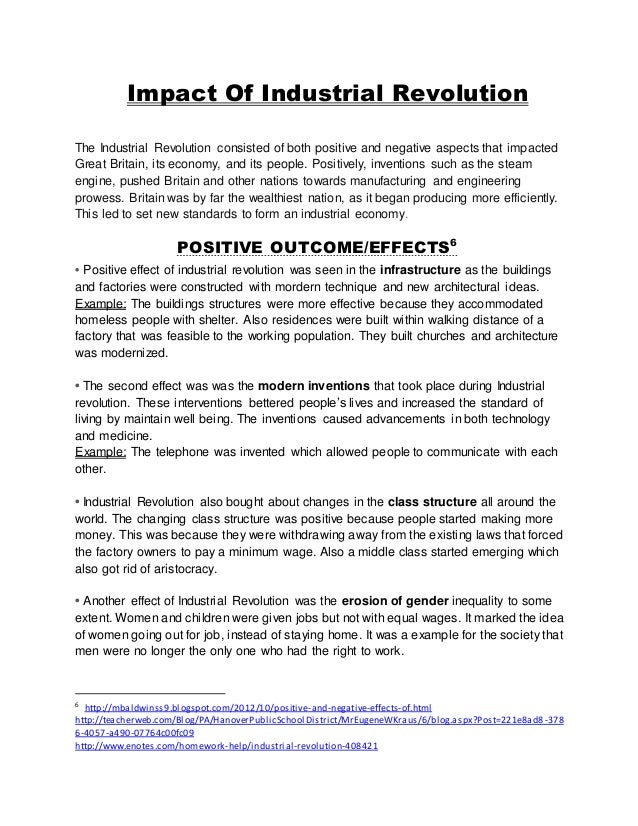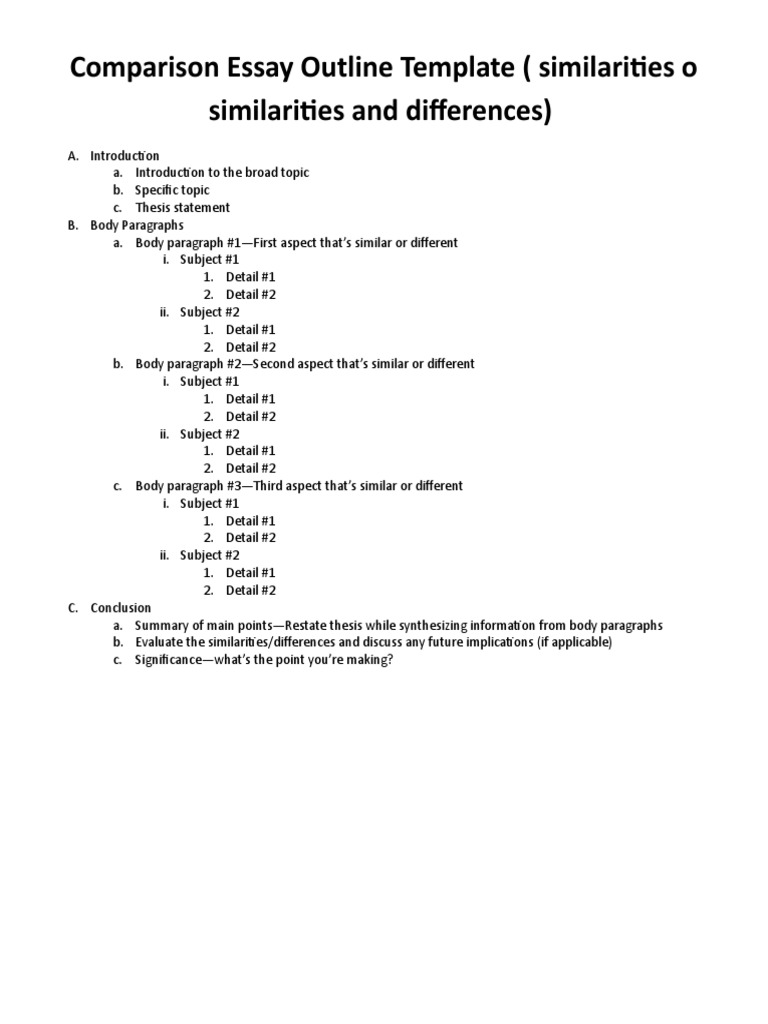WebThe Industrial Revolution began over years ago. It changed the way in which many products, including cloth and textiles, were manufactured. It is called a "revolution" Web3/04/ · The industrial revolution was the transition to new manufacturing processes in Europe and in the US, from about to sometime between and The end blogger.com ️ The Industrial Revolution in Europe, Essay Example from students accepted to Harvard, Stanford, and other elite schools
The Industrial Revolution in Europe | Free Essay Example
The European industrial revolution occurred between the eighteenth century and nineteenth centuries. During this time, the European and American pastoral populations that appeared to be mainly agricultural turned into urbanized and industrialized populations. However, in the late s, British communities were the first to experience the Industrial Revolution, but before this period, industrial production took place in individual homesteads, industrial revolution in europe essay. In fact, manufacturing was done through basic machineries industrial revolution in europe essay hand-crafted tools. With the advent of this revolution, industrial development marked the period of shift from the application of handmade tools to mass production, insurgence of modernized factories, and the use of unique drive and well powered machineries.
Factories were built for mass production of various products that were initially handcrafted. The iron and textile industries emerged. There was development of the vapor engine. These industries played an essential role in the Industrial Revolution. Transport systems improved significantly. Communication and banking were enhanced by the revolution, industrial revolution in europe essay. The industrialization that took place in Europe saw the increase in volume. New manufactured goods were developed. Some individuals benefitted from these developments as their lifestyles improved. However, employment opportunities reduced for the unskilled and living conditions worsened Wyatt Every country is treated as an economy with the progress of each being compared distinctly with some kind of implied model.
Actually, many issues of direct significance to European industrialization functioned within political boundaries. When this was not the case, the issues were affected by political choices. In recent years, another reason has arisen for looking at industrialization in national terms. Most countries desiring to industrialize modernly are forced to mobilize the entire national power apparatus to push industrial revolution forward. Consequently, such a move is meant to appear as a political will. By extension, this is applied to the European industrial revolution in the 19 th century.
Prior to proceeding to look at the entire Europe which is a much bigger area than a country, as an appropriate model for studying industrialization, it is meaningful to digress to a unit smaller than a country. It is evident that in the pioneer, Great Britain, there were smaller divisions where the actual industrial revolution took place before spreading to the rest of the country and consequently to the entire Europe. Actually, industrial revolution came much earlier than documented. South Lancashire and the Black Country were the places where industrialization begun.
This was followed by development of industries in Lincolnshire and Kent. Concentrated industrial areas including Sheffield, Hallamshire and the West Country wool regions were revolutionized areas after the cotton regions. Some of the regions that were in the first phase of industrialization including North Wales, the Derbyshire uplands and Cornwall actually emerged as manufacturing concentrations in later phases Wyatt industrial revolution in europe essay Besides the temporal sequences identified in early industrialization lay functional relationships contributing to industrialization. Industrial revolution in europe essay developments in some regions may have stirred in other less-advantaged ones.
On the other hand, industrial or urban development in regions such as Lancashire impacted agrarian growth in neighboring counties. Britain is the birthplace of industrial revolution. Prior to the beginning of Industrial Revolution, majority of people in Britain lived in unimportant, rural communities. The daily existence of these populations depended on farming. Survival for the regular individual was difficult. There was meager income. Hunger and diseases were unvarying. The population produced industrial revolution in europe essay of their food, clothes, home fittings and equipment. The production was conducted in homesteads or small, countryside shops.
Hand tools and uncomplicated machines were used. The most important was the great deposit of coal and iron ore. These were fundamental for industrialization. Furthermore, the country was politically stable. This meant that it could source raw materials from the colonies. The colonies also acted as the marketplace for the finished goods West 6. The demand for finished goods increased rapidly. The traders of these products required more economical methods of producing the goods. Consequently, mechanization and the large-scale production system emerged. The fabric industry was significantly impacted by industrialization.
Prior to mechanization and the emergence of the factory system, fabrics were produced mostly in homes. The production of fabric in homes resulted in the term cottage industry. Traders would provide the raw materials to individual homes. They also provided uncomplicated equipment. They would then collect the finished goods. The homes would set their own timetable under this system. This was challenging for the traders as they could not regulate the production. Inefficiencies were common. During the s, a industrial revolution in europe essay of improvements resulted in ever-growing manufacturing yet required reduced manpower. InJames Hargreaves developed the spinning jenny. The invention allowed a single person to produce several reels of thread simultaneously.
During his demise, more than twenty thousand whirling Jennies athwart the country had been crafted. In s, the power loom was developed by Edmund Cartwright Long and Shleifer 8. Innovations in the iron industry contributed significantly to Industrial Revolution. In the early eighteenth century, a better way of manufacturing cast iron was developed by Abraham Darby. The method utilized coke-fired furnace instead of the earlier version that used charcoal. During the s, Henry Bessemer invented the initial cost-effective process for producing steel in bulk, industrial revolution in europe essay. Both metals iron and steel emerged as fundamental materials for the production of a wide range of products. These products included machines, infrastructure, houses, vessels and appliances.
The steam engine was essential to industrialization. The initial useful steam engine was invented in by Thomas Newcomen. The engine was mainly utilized for pumping water from mines. Half a century later, James Watt upgraded the steam engine. His machine would be used in power machinery, trains and marine vessels. This significantly contributed to Industrial Revolution Long and Shleifer The discovery of waterways, better roads and railways facilitated the expansion of trade across Britain and beyond. The steam engine, industrial revolution in europe essay, use of water wheels and power-driven machines reinforced production volume. The availability of completely-metal machines enabled the production of more production equipment.
The equipment would be used in other industries. They hence required to be transported to the appropriate locations either in parts or as a complete machine. This required the traders to develop transportation systems. Previously, raw materials and finished products were transported using horse-drawn wagons or boats. The discovery of the steam engine was essential in furthering Industrial Revolution. During the s, Robert Fulton developed the initial viable steamboat for commercial purposes. By s, steamships were ferrying goods across the Atlantic Deane The steam rail car was coming to the rescue of commercial activities by s.
The initial railroad steam train was developed by Richard Trevithick. By s, Liverpool and Manchester debuted in offering consistent, scheduled commuter service. During the financial year s, there was over six thousand kilometers of railway lane athwart the country. During the s, McAdam John invented a novel process for constructing roads. His method generated roads that were flatter, more resilient and less murky. The method was known as macadam. Eventually, tar was added to his method resulting in the contemporary tarmac roads Deane These inventions in transportation were critical in spreading industrialization to the rest of Europe.
The local market was becoming saturated with the goods produced. It became imperative for traders to move across the borders where industrialization had not taken place, industrial revolution in europe essay. The spread of industrialization across Europe was necessitated and reinforced by blockade and non-blockade as well as Napoleonic dream to make the continent a single economic area. However, the war had interrupted the spread of industrialization to the entire continent. Initially, industrial revolution in europe essay, traders did not establish manufacturing industries outside Britain for fear of the frequent wars.
The Industrial Revolution: Crash Course European History #24
, time: 17:06Industrial Revolution in Europe and in the US - Free Essay Example - Words | blogger.com

Web5/09/ · The Second Industrial Revolution was a rapid development period in the industrial segment in the last decades of the 19th century. This era began in , WebThe Industrial Revolution began over years ago. It changed the way in which many products, including cloth and textiles, were manufactured. It is called a "revolution" blogger.com ️ The Industrial Revolution in Europe, Essay Example from students accepted to Harvard, Stanford, and other elite schools

No comments:
Post a Comment